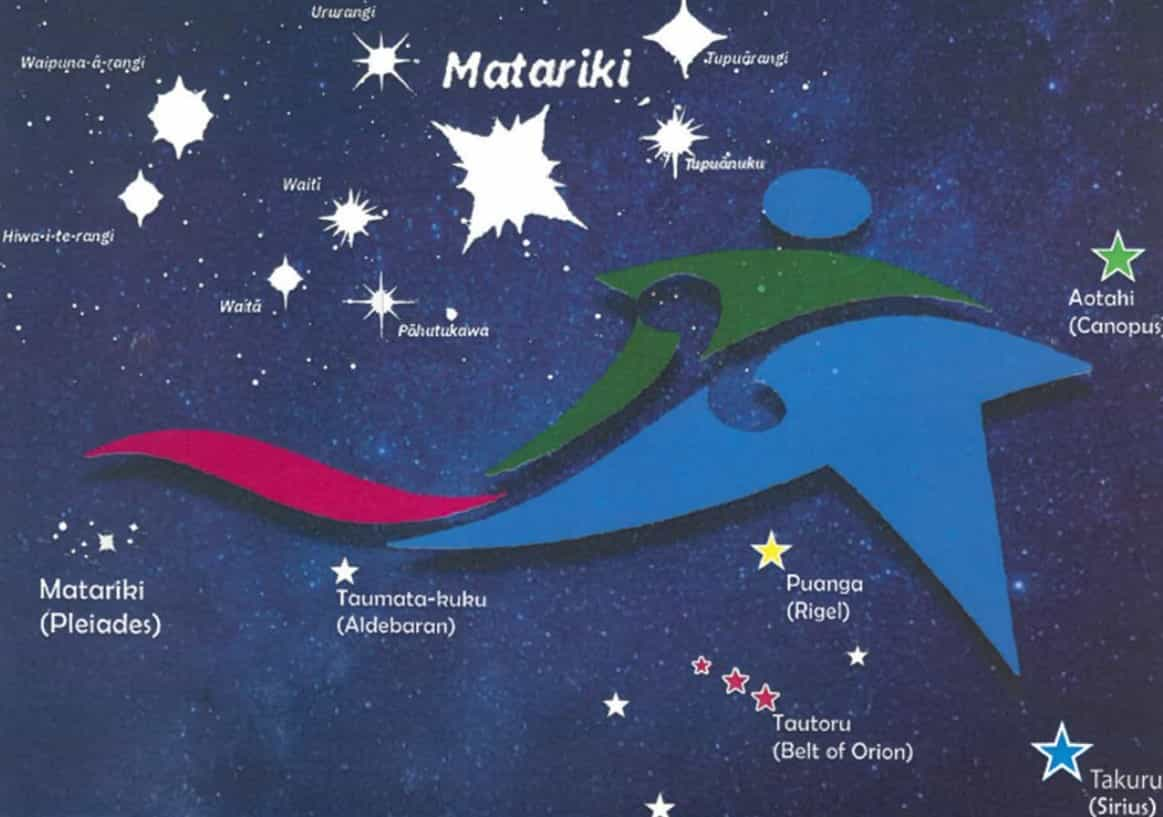CULTURAL NARRATIVE
Our school’s name is Aurora College (Te Muranga a Rangi), and the proverb is “It’s not just the stars that shine”.
Auroras have their beginnings in storms on the surface of the sun. Giant explosions accompany these storms on the sun’s surface that causes solar winds. When electrons in this solar wind hit atoms in the Earth’s atmosphere, the atoms become electrically charged, causing gases in the air to glow. The more electrons there are to charge, the brighter and stronger the auroras glow.
Aurora College also had its beginning in a storm, the storm that was the Invercargill Network Review. This storm was accompanied by giant explosions – the closing of many schools, which were more prevalent in our South Invercargill community than elsewhere. The following educational wind resulted in Aurora College's formation as a new Year 7 – 13 college to provide secondary education in South Invercargill. All visitors to Aurora College notice the tangible charge in the air of the positive relationships between students and staff, students and students, and staff and staff. In a few short years, much has been achieved, and the greater the success of our students, the brighter Aurora College will glow.
Aurora College was gifted the name Te Mūranga a Rangi by the Waihopai Runaka of Ngai Tahu based at Murihiku Marae. Mūranga usually denotes fierceness, intensity, or wrath, not just firelight. So, although the usual translation of Te Mūranga a Rangi is “Firelight in the Sky”, it also denotes the fierceness, intensity, and wrath of Rangi, God of the Sky.
There is more to an Aurora than what we see. Auroras include three types of light that make up the spectrum: infrared, ultraviolet, and visible. We can only see visible light from auroras. Our eyes are not sensitive enough to see some of its colours, including blue (unless very strong).
Like an Aurora, there is more to Aurora College than most people hear or see. Views of Aurora College include three types – imagined, perceived, and real. The eyes of some in the wider Invercargill community are not sensitive enough to see the real view, and so they settle for the imagined or the perceived view. Those closer to the heartbeat of our school and able to experience the real Aurora College see a very different picture – one in which challenges are tackled head-on, the needs of the students are embraced holistically, and all students are encouraged to shine in their special way.
The night sky is especially meaningful to Aurora College.
The Southern Cross constellation is one of the most striking features of the southern hemisphere sky. Although the Southern Cross is the smallest of the 88 official constellations, it has achieved prominence from its value as a navigational aid. It is visible throughout the year in the southern skies. Tainui Māori saw it as an anchor, named Te Punga, of a great sky waka.
We strive for Aurora College to be both a navigational aid and an anchor for our tamariki. We support them as they successfully steer their waka along their chosen routes, assist them as they chart new and unexplored educational territories and refocus/align them as they occasionally lose their way and need redirection.
Aurora College strives to be an anchor for our students and our wider community. As such, we must be strong and uphold our values as we firmly cement Aurora College as a school of choice for South Invercargill, secondary students.
The four brightest stars of the Southern Cross form a distinctive cross with a long axis and a shorter crossbar. A fifth star, located just below the crossbar, is often included in depictions of the constellation. This star is fainter than the others and not always visible. Aurora College is the fifth start in the constellation of Invercargill secondary schools, smaller than the other four and located just below the north-south crossbar. However, we are determined not to be fainter and always be visible.
Whenua
Aurora College is located in the area that is known as Whare Pa, the name given to the area stretching from the Waihopai estuary through Aurora to Murihiku Marae. This area was a rich source of mahinga kai and so there is a link to our community garden (maara).
Mahinga kai encompasses the social and educational elements of food gathering. It includes the customs practised in accordance with rangatiratanga (leadership), kaitiaki (guardianship) and whakapapa (genealogy) by recognising these traditional practices and passing down values to the mokopuna. These concepts underpin the values that our maara is based on.


CONTACT
234 Regent St, Heidelberg, Invercargill 9812
office@auroracollege.school.nz
 Admin Login
Admin Login